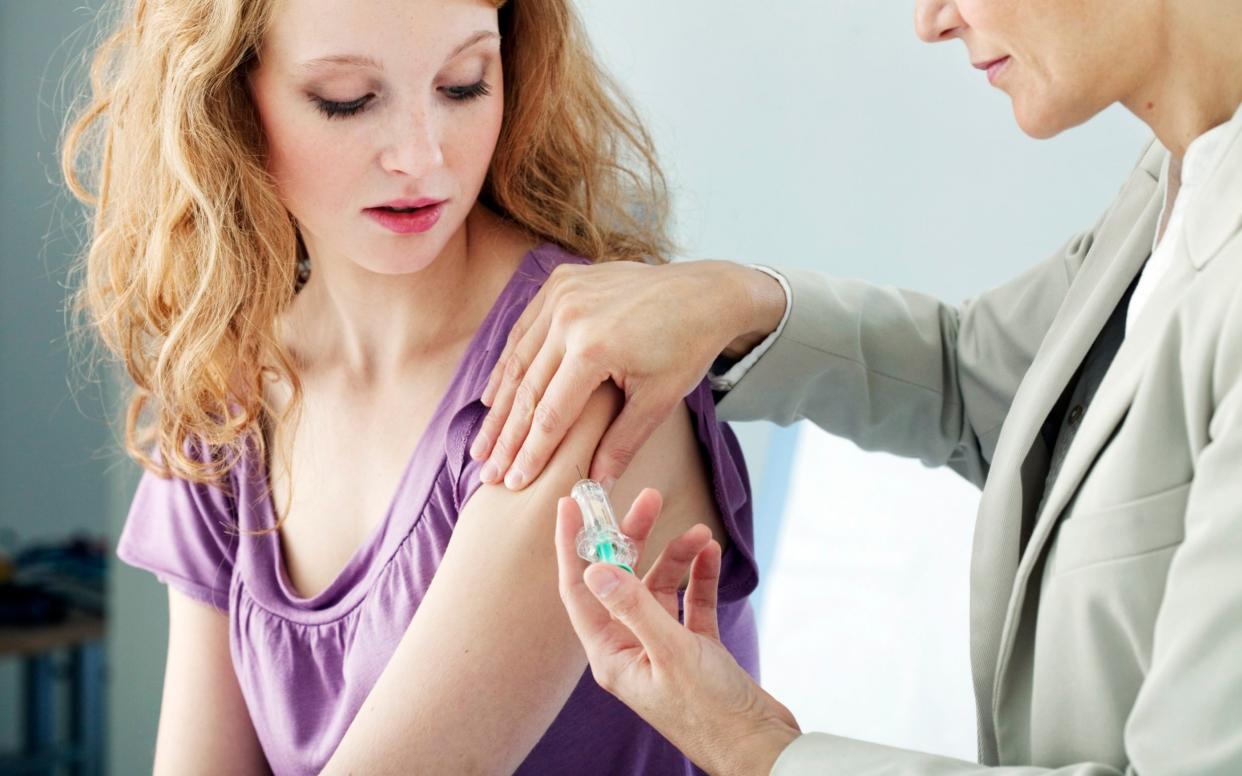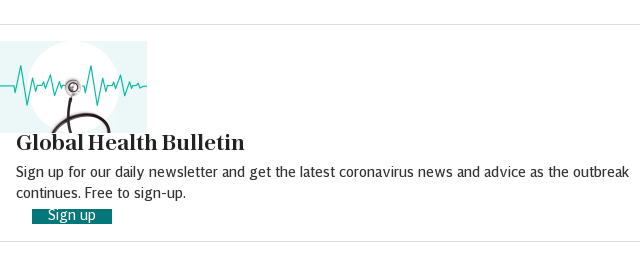Unprecedented demand drives shortages of cervical cancer vaccine, leading WHO to prioritise girls

Unprecedented demand in low and middle income countries for a vaccine against cervical cancer has led to shortages in supply.
Last month the World Health Organization called for a moratorium on the vaccination of boys with the human papillomavirus (HPV) vaccine, saying girls should take precedence.
Earlier this year the UK joined countries such as Australia and the United States in vaccinating teenage boys as well as girls because of growing evidence of HPV’s link to cancers of the head, neck, mouth and throat.
“Countries, if possible, should temporarily postpone the vaccination of boys until we have enough to vaccinate all of the girls between nine and 14,” said Dr Alejandro Cravioto, chair of the WHO’s Strategic Advisory Group of Experts on Immunisation.
HPV is a very common, sexually transmitted virus that causes most cases of cervical cancer. Since it was first used in the US in 2006, the vaccine has proven highly effective, with a recent Lancet study showing an 83 per cent reduction in infections.

Global demand has soared for what is effectively the world’s first cancer vaccine and 115 countries have HPV vaccination for girls in their national programmes. In October Kenya became the latest country to launch a vaccination programme, but it has only been able to buy enough doses to vaccinate 10-year-old girls.
The WHO says vaccinating all girls before they are sexually active, combined with screening for HPV, could eliminate cervical cancer by the end of this century. Australia is set to be the first country to achieve this.
But HPV is also a cause of cancers of the genital areas and head, neck, throat and mouth, some of which affect men more than women and many of which are becoming more common.
Although HPV is only one of many causes of these cancers, there is growing evidence that the vaccine is effective in reducing their prevalence and the UK is the latest in a growing list of countries that have already moved to so-called “gender neutral vaccination”.

Global demand for the vaccine doubled between 2017 and 2018 and this year 55 million doses are being used. That is expected to reach 100 million doses by 2025.
But with only two companies, MSD and GSK, making the vaccine, there was a shortfall in supplies of six per cent in 2018. This is expected to rise to 32 per cent by 2022. WHO predicts supply will not catch up with demand until 2024.
In recent years, immunisation programmes have been interrupted by stock outs.
“What we are talking about now is solidarity,” said Dr Cravioto. “Postponing vaccination of boys is not a public health problem, but not protecting girls from cervical cancer is a huge public health issue.”
Countries vaccinating older age cohorts of girls should also consider stopping, Dr Cravioto said.
Asked whether it would consider suspending the UK programme for boys, the Department of Health said there were no HPV vaccine shortages in the UK and its vaccination programme was continuing as normal.
MSD dominates the market with its two versions of the vaccine, Gardasil 4 and Gardasil 9, which cover more strains of HPV than the only other vaccine available, Cervarix, made by GSK.
MSD does not agree with the WHO that girls should be the priority while global stocks are limited.
“There is scientific evidence that shows men are also impacted by HPV-related diseases and so we believe boys are just as important as girls,” said Catherine Williams, a business director at MSD-UK in charge of vaccines.

“The demand we have seen has been unprecedented,” she added. “We are trying to meet that global demand. In the short term it is regrettable we are not able to.”
Producing vaccines is a complex and lengthy process and MSD says it has invested $1.65 billion in expanding two manufacturing sites in the US which should help meet global demand from 2023.
The biggest increase in demand in the past few years has been from low income countries, said Paul Bloem, technical expert in vaccines at the WHO. “That’s what has taken everyone by surprise,” he told The Telegraph.
MSD said that in 2018 it trebled the number of supplies to the poorest countries which are helped by Gavi. More than 50 per cent of MSD’s total supplies now go to middle and lower income countries and the company intends to increase that to almost 60 per cent by the end of this year.
The vaccine has been introduced in national immunisation programmes in 80 higher income countries but only in 18 lower income countries.
According to a June report from the board of Gavi there was actually a reduction of committed doses for 2019. In fact, only 13 million girls will have been vaccinated in developing countries by the end of 2020, compared to an initial target of 40 million.

Meanwhile, private markets are also buying significant quantities of the vaccine for people of all ages and both sexes who can afford to pay to have the vaccine privately.
“Why is more going to higher income countries or countries where more is being paid?” said Dr Bloem.
Prices for the vaccine range from US$4.50 per dose for the poorest countries to US$154.28 per dose for the wealthiest countries and private markets, according to WHO. MSD’s Gardasil made US$ 3.1 billion from sales in 2018.
Dr Bloem also said that MSD has concentrated on expanding production of the more expensive version of its vaccine - Gardasil 9 valent - which protects against more strains of HPV virus and which only rich countries can afford. Gardasil, which is in use in the UK, 4 is highly effective and WHO is urging all countries to use all available versions of the vaccine.
New HPV vaccines are in the pipeline, including one which may be licensed in China within the next few months and another being developed in India, which could help boost supplies and bring prices down.
Protect yourself and your family by learning more about Global Health Security

 Yahoo News
Yahoo News 
